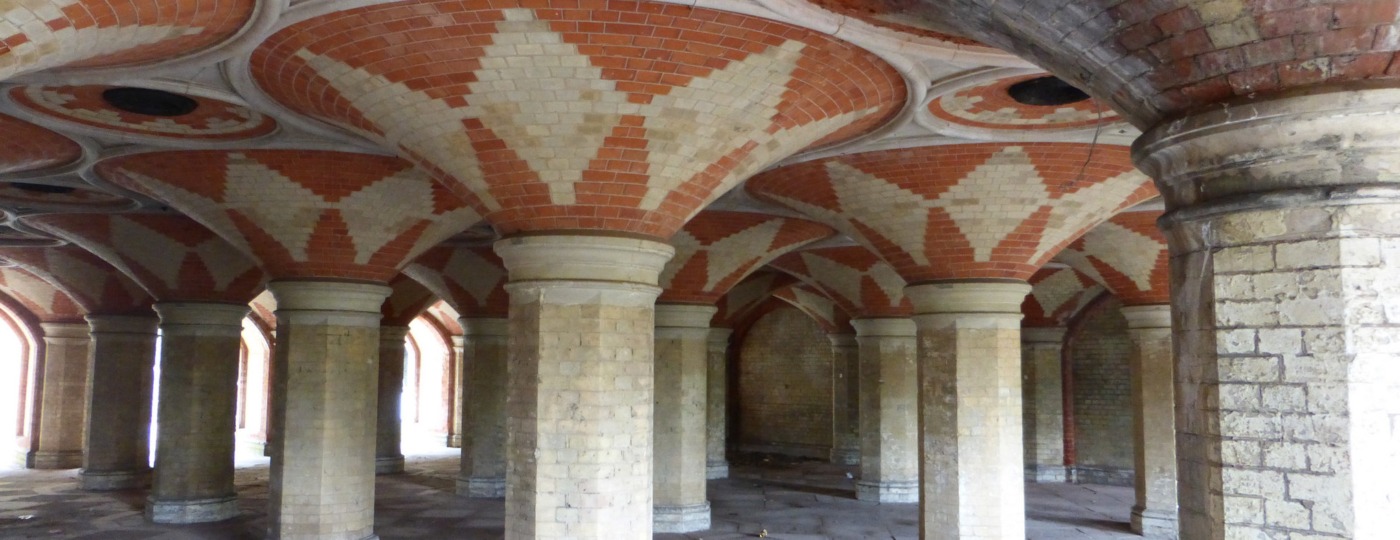Rethinking the UK’s tradition of listed buildings
This year, 952 buildings and sites gained listed status, ranging from a pedestrian subway in London, to a lifeguard house in Essex, to the Florence iron mine in Cumbria. They vary not only in their uses, but also from an aesthetic standpoint. The beautiful brick structure of the pedestrian subway beneath Crystal Palace Parade provides a grand décor to the modern capital city. Buildings such as Derwent College and other protected post-war structures in York are not so beautiful, but rather a reminder of welfare state architecture, comprised of cement and concrete, built during the 1960s. Through this range, the government preserves a greater expanse of history, rather than buildings conserved purely for looks.
However, two important questions arise from this collection of listed buildings during today’s social climate: why is the history important to retain, and is it environmentally sustainable to do so? In the battle between not forgetting but also progressing on the issues that we face today, is increasing the number of listed buildings a sensible idea?
The government preserves a greater expanse of history, rather than buildings conserved purely for looks
Many newly-listed buildings arise from a not too distant history. The Florence iron mine in Cumbria, for example, was functional up until 2007. Set up by redundant workers, it symbolises a British past that affects us today. The privatisation of industries, the dissolving of unions, and political turmoil from the 1960-80s continue to mark our landscape, as well as our history. Structures such as ports, docks and mines, were changed beyond recognition or abandoned in those years. The preservation of the Florence mine helps encapsulate an industrial and social time that is fading into the past, which highly influenced the landscape we live in now. It may lack aesthetic value, but the recognition and protection of these old mines that were built for functionality is important. It helps to remind us of how Britain was shaped into the country we live in today.
This same is true of Derwent College’s post-war structures. Reminiscent of structures created to aid the welfare state, the dingy concrete is again symbolic of a past worth remembering. By protecting buildings such as these, we also recognise the everyday, working-class history, rather than only conserving buildings that relate to the history of upper-class society.
It helps to remind us of how Britain was shaped into the country we live in today
Some places – such as the lifeguard house in Essex, or Derwent House – have dual purposes, one as a maritime museum and another as student housing. But many remain impractical and unused, doing nothing more than standing there. So, although they may hold historical value, how are they helping us today? With the homeless crisis and dire state of the environment, is it sensible to keep increasing the number of protected buildings?
A solution to both problems would be to find a use for these existing buildings, in order to preserve what green space is left. But listed buildings are harder to alter due to legislation, resulting in premium prices and often non-environmentally friendly spaces. Meanwhile, the government has released a document stating that 58,660 people are currently homeless in the UK. The end effect is a country full of ornamental structures, and people without homes.
The government has released a document stating that 58,660 people are currently homeless in the UK
If this trend continues, what will be left? Cities of empty buildings which people wander around, kept solely for their historical and aesthetic value? This is extreme, but if the cost of keeping the past is adversely affecting the present, then is it worth preserving so much? It is fair to argue that reducing the number of listed sites and renovating them to homes, hospitals, or more relevant purposes, won’t solve the homelessness crisis. However, it would be a step forward in a society with economic, social and environmental pressures. Therefore, despite the architectural value of listed buildings, more thought should be given to the effect on the wider population as well as the need to keep progressing as a society.

Comments